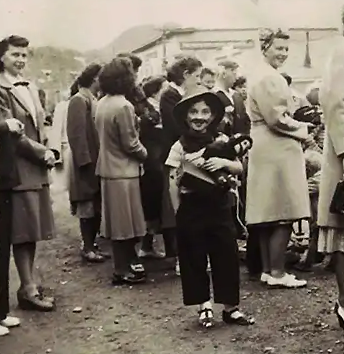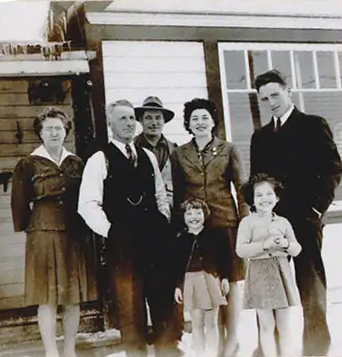Foley Pearson
Riekkola Iverson, P.C.
Your Estate Planning Lawyers In Alaska
Whether you are in need of a Living Trust, updating your Will, navigating probate, or planning for future generations, we are here to guide you through the planning process.

Bridging Generations
We take care of the details, so you have time for the people and things that are most important.

The Generations Program
Our Generations program is designed to keep your estate plan aligned with your life, through changes in law, assets, or family circumstances. Generations clients receive regular attorney check-ins, ongoing reviews of their documents, assistance with asset titling and funding, and timely updates through our client newsletter. The goal is simple: to ensure your plan continues to reflect your intentions and works as it should when it matters most.

Access Your Client Portal here
View your documents, upload forms, and stay connected through our secure online portal.
Access Now
Meet Your Generations Guide
Alex Quast is your paralegal for all things Generations, and is ready to answer your questions.
Meet Alex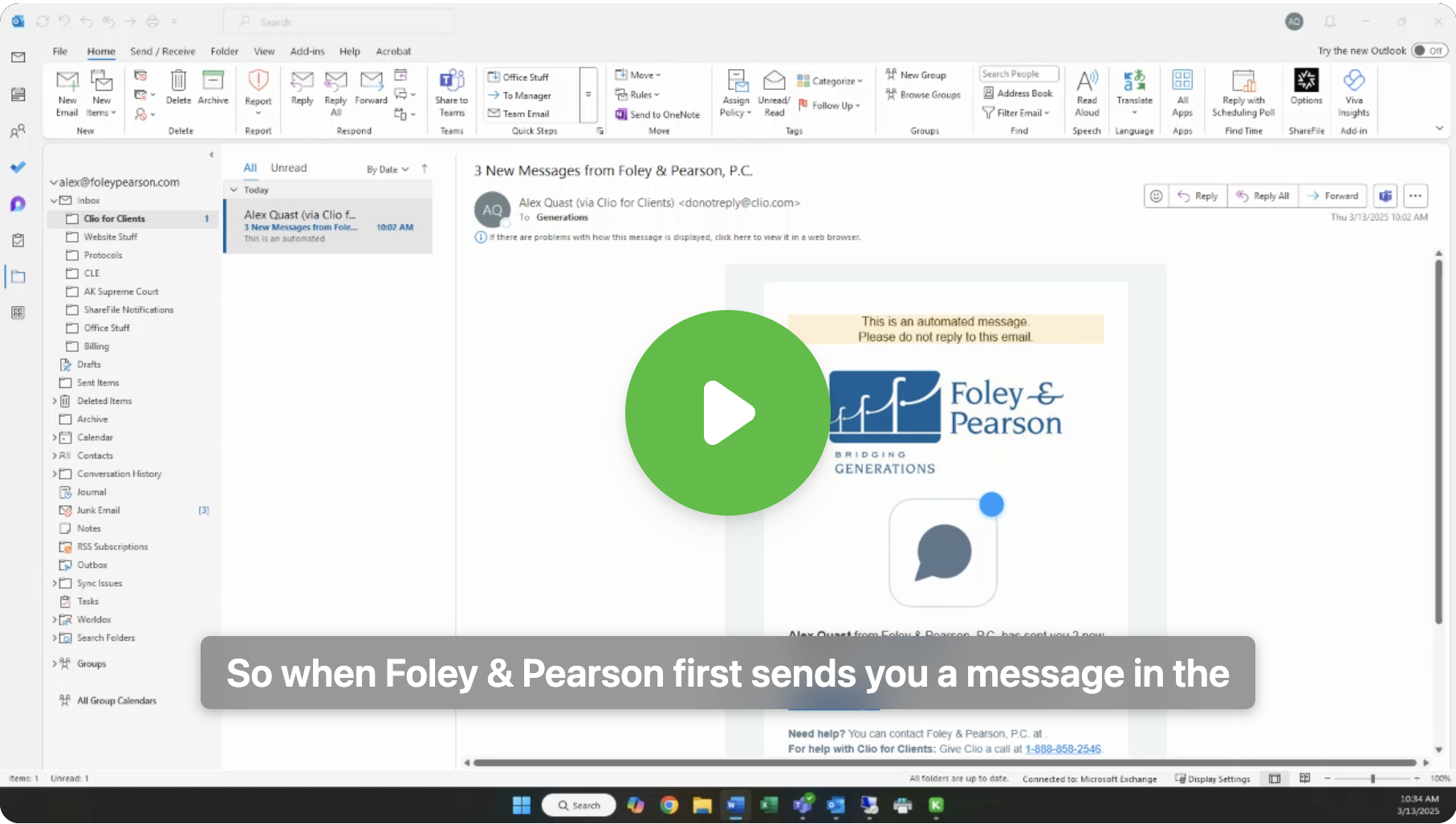
How to Use Your Generations Portal
This short video guide will show you how to access your account and navigate the portal.
Watch NowOur Practice Areas
View All01
Estate Planning
From Wills and Trusts to durable powers of attorney, we help you put a thoughtful plan in place, one that reflects your values and protects your family's future. We also assist with deed transfers, estate tax planning, charitable bequests, and more.
02
Trust Administration
We guide Trustees and Successor Trustees through every step of the administration process. We also provide consultations for individuals seeking to understand their rights as beneficiaries. Our team does not typically take on contested or combative matters—we focus on helping families move forward with clarity.
03
Probate
Losing a loved one is hard enough without legal difficulties. We handle routine, ancillary, and foreign domiciliary probate matters with care and efficiency, helping personal representatives carry out their duties without added stress.
04
Corporate & Business Law
For families who own businesses or manage shared property, we offer support for entity formation, succession planning, and liability protection. We also help clients incorporate business interests into their estate plans to help ensure a smooth transition, protect generational wealth, and preserve the legacy they’ve built.
Alaskan Roots
Meet Our Team
Foley Pearson Riekkola Iverson includes seasoned attorneys, detail-minded paralegals, and client support staff who truly enjoy the work they do and the people they serve. We’ve built a reputation for being clear and thorough, and we're here when you need us.

Serving Alaskans and Their Families
From Anchorage to the Interior, Southeast to the Kenai, Foley Pearson Riekkola Iverson proudly serves clients across Alaska. Whether you're planning ahead, updating an existing plan, or administering a loved one’s estate, we're here to help you look ahead.
Contact us or join one of our upcoming workshops to get started.
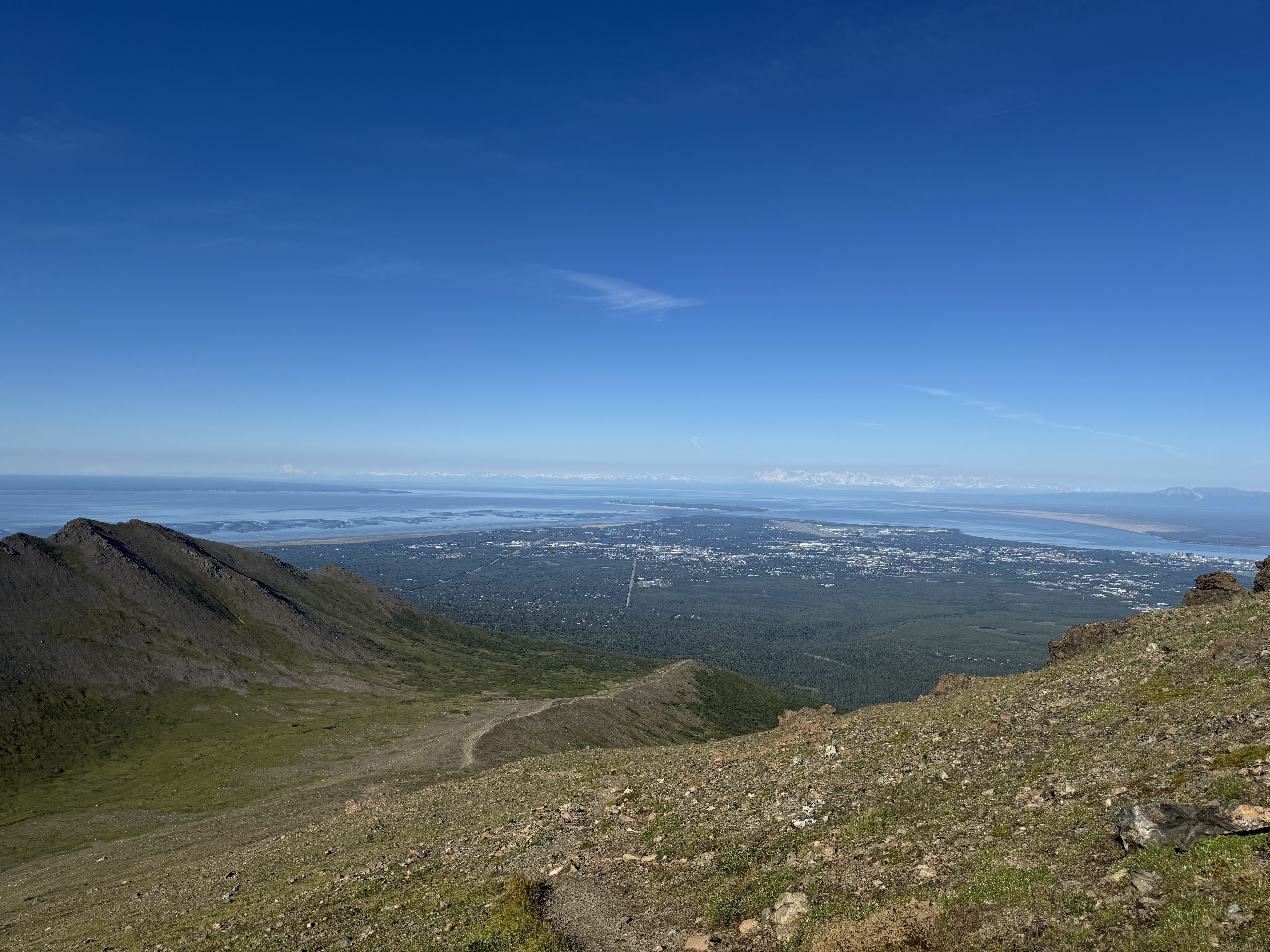
Working With Foley Pearson Riekkola Iverson, P.C.
We recommend that anyone beginning the estate planning process start by attending one of our free, lawyer-led workshops. It’s a practical introduction to the process, the key concepts, and how our firm approaches planning. You’ll gain the knowledge you need now—so you can ask the right questions later.
After the workshop, the next step is to complete our intake forms. This helps us understand your goals, your family dynamics, and the assets you want to protect. With the full picture in hand, we can craft a plan that’s tailored to you.
Once we have reviewed the information you provide, you will meet with an attorney to design your estate plan. The attorney will guide you through your options, answer any questions, and help identify the best structure for your goals—whether that involves a Will, a Trust, or a combination of planning tools.
After your documents are signed, we assist with funding your Trust and transferring key assets into it. Then you have the option to enroll in our Generations, which provides ongoing support to help you maintain and update your plan over time, so it continues to reflect your wishes and functions as intended when it matters most.
Our Estate Planning and Probate Blog
A place for planning, learning, and living.
Schedule a Conversation
Our team is here to answer your questions and explain your options. From first-time planning to long-term estate administration, we offer the insight and structure needed to support your goals.
Contact us or join one of our upcoming workshops to get started.

Estate Planning and Probate FAQs
Estate planning is the process of making legal decisions about how your assets will be managed during your lifetime and distributed after death. It also allows you to name trusted individuals to make financial and medical decisions on your behalf if you become incapacitated.
Working with an experienced estate planning attorney ensures that your plan meets all legal requirements and avoids unnecessary costs, delays, or confusion for your loved ones.
A complete estate plan often includes some or all of the following:
- A Will to name a Personal Representative, name guardians, and direct asset distribution
- A Revocable Living Trust to avoid probate and manage assets privately
- A Durable Power of Attorney to handle financial decisions in the event of incapacity
- An Advance Health Care Directive (also called a “Living Will” or “Medical Power of Attorney”) to outline your medical wishes
- Beneficiary designations and trust funding to ensure all assets are correctly titled
- An Alaska Community Property Agreement
- A Recreational Property Liability Waiver
- Deeds to appropriately transfer or retitle real property
Our firm takes a structured, hands-on approach to make sure these pieces work together—so your plan does what it’s meant to do when it matters most.
A Will allows you to name guardians for children and outline how your property should be distributed after your death. However, Wills generally require probate—a court-supervised process that can take time and involve public filings.
A Revocable Living Trust, on the other hand, allows your assets to pass directly to your beneficiaries without going through probate. It gives you greater privacy, flexibility, and control—especially for real estate, blended families, or larger estates.
A durable Power of Attorney lets someone you trust handle your financial and legal affairs if you’re ever incapacitated. This could include paying bills, managing property, or handling tax matters.
An Advance Health Care directive (also called a “Living Will” or “Medical Power of Attorney”) outlines your medical preferences and allows someone to make decisions for you if you can’t speak for yourself. These documents help avoid family conflict, reduce stress in medical emergencies, and ensure your wishes are respected.
We include both of these important documents with every estate plan we create.
Our estate planning process goes beyond just drafting documents—we look at the full picture to make sure your plan fits your goals and circumstances.
If your estate is large enough to potentially trigger federal estate taxes, we will help you explore strategies like lifetime gifting, irrevocable Trusts, or charitable bequests that may help reduce your taxable estate. Many of our clients also wish to include planned giving—whether that’s to a favorite nonprofit, a donor-advised fund, or a local program—and we’ll help structure that gift to reflect your values and meet IRS requirements.
For married couples, we may recommend an Alaska Community Property Agreement to potentially reduce or eliminate capital gains tax on appreciated assets at the first spouse’s passing. These are especially useful when paired with a well-drafted trust.
We also assist with real estate transfers and deed preparation to ensure your property is correctly titled in the name of your Trust. This step, called “Trust funding”—is essential. If real estate or accounts are not titled properly, your plan may not function as intended, even when your legal documents are expertly prepared.
Probate is the court-supervised legal process used to settle someone’s estate after they pass away. In Alaska, probate is usually required if the person died without a trust and owned assets solely in their name, especially real estate or financial accounts without beneficiaries. We handle formal and informal probate proceedings, depending on the size and complexity of the estate.
We also assist with ancillary probate or foreign domiciliary proceedings when the deceased lived outside Alaska but owned Alaskan property requiring administration, such as real property. These cases are common for out-of-state family members inheriting cabins, land, or investment properties in Alaska. We make the process clear, structured, and manageable—even from a distance.
Trust administration begins after someone passes away and had a Revocable Living Trust in place. The Trustee is responsible for managing assets, paying debts, filing taxes, and eventually distributing the trust according to its terms.
Our team works closely with Trustees to guide them through each step of the process. We help gather and value assets, notify beneficiaries, handle tax issues, and prepare final distributions. We generally do not represent beneficiaries or take on contested matters—our focus is on helping responsible fiduciaries administer the trust efficiently and correctly.
Yes. We regularly work with Alaska business owners on business succession planning to ensure their business is protected and integrated into their estate plan. Whether you want to pass the business to your children, sell to a partner, or prepare for retirement, we’ll walk you through the legal, tax, and legacy implications.
We also assist with LLC formation and liability waivers, especially for those managing shared recreational properties like family cabins. These legal structures can help protect you from risk while keeping things clean and organized for future generations.
Before we begin any estate planning work, we ask clients to watch our free, online estate planning workshop. It’s a core part of our process—and it matters.
The online workshop introduces you to estate planning basics in Alaska, explains how our system works, and sets expectations for what’s ahead. It helps you feel more informed and gives us a shared foundation to start from. You’ll also have the opportunity to ask the presenting attorney questions, which can help you build the language and insight needed to navigate your own estate planning with confidence.” If you're not ready to watch the workshop, you're probably not ready to start the process—and that's okay. Our approach is most effective when clients engage with each step—especially the workshop. Those who do tend to gain the most clarity and benefit from their estate plan.
Generations is our client maintenance program—designed to keep your plan up to date and your Trust properly funded over time.
Many Trust-based estate plans fail not because the documents are wrong, but because they are out of date or never fully funded. Generations solves that by offering regular Trust audits, document updates, access to our team, and proactive outreach. We help make sure that your Trust still reflects your wishes, that new assets are titled correctly, and that changes in family, law, or finances are addressed before they become problems.
Generations is available only to clients with Revocable Living Trusts who have undergone our full planning process, so we know their plan was built the right way from the start. By ensuring a strong foundation, we are able to confidently stand behind the long-term integrity of the work.
Do You Need a Will or Trust?
Whether you are just beginning to think about planning for your estate, need to update your existing documents, or have questions after the loss of a loved one, we are here to help.
Are You Unsure About What You Need?
Whether you are just beginning to think about planning for your estate, need to update your existing documents, or have questions after the loss of a loved one, we are here to help.
Take the First Step With Foley Pearson Riekkola Iverson, P.C.
Whether you attend a workshop, complete our online intake form, or simply call our office, the first step starts with a conversation. We invite you to connect with our team and learn how we can help you build a plan that fits your goals and your future.
Contact us or join one of our upcoming workshops to get started.
